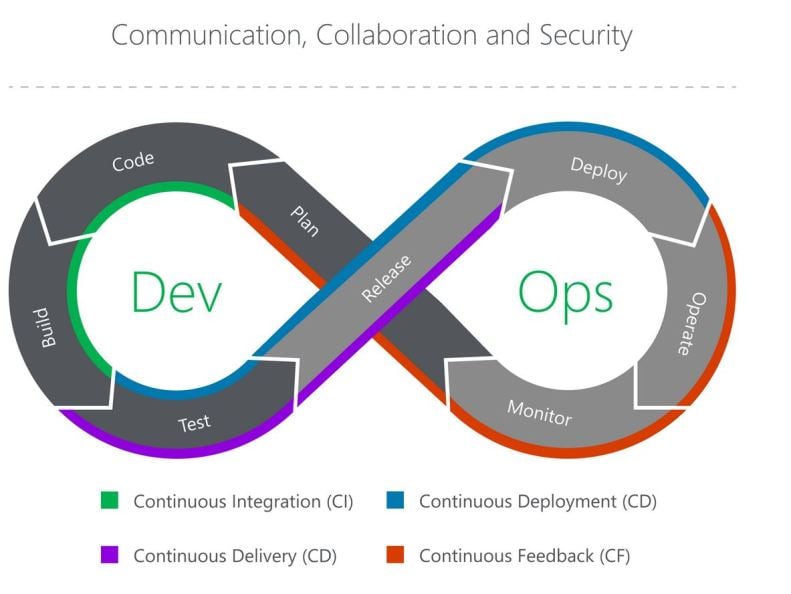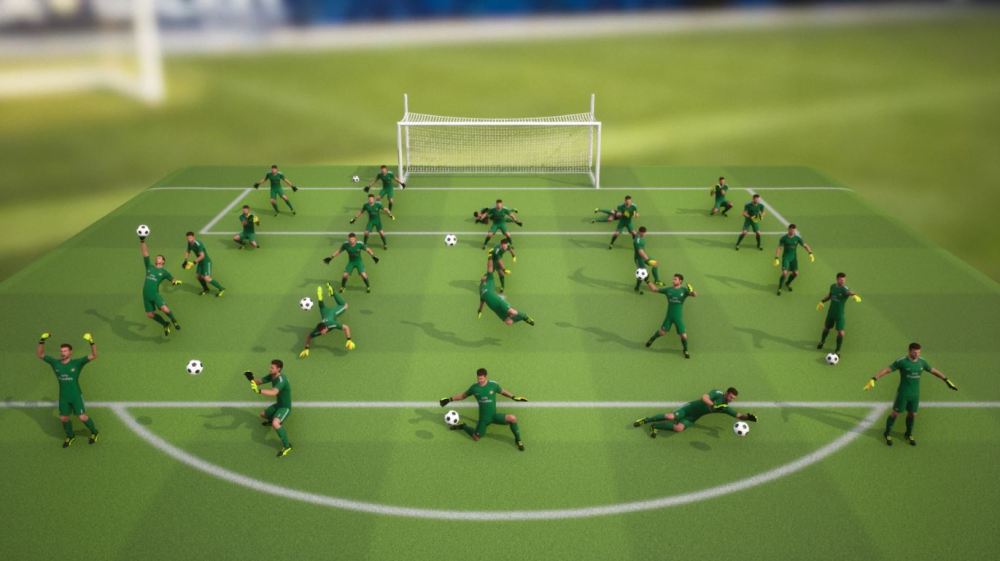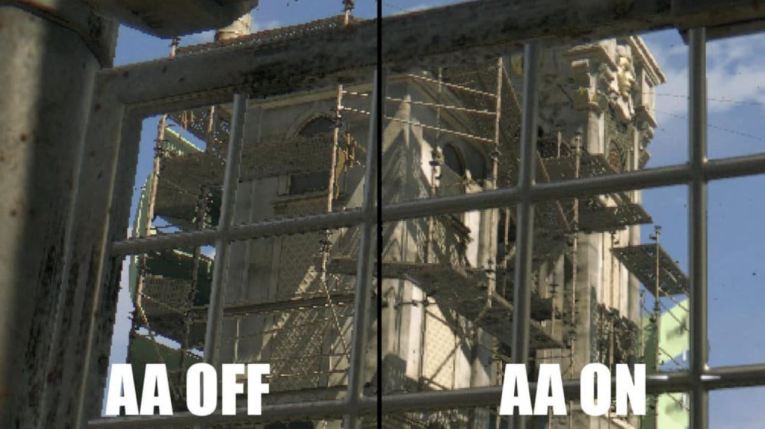PES 2022 will be on the Unreal Engine, but it’s hard to believe Konami’s Fox Engine will turn eight this September. Debuting back in 2013, the Fox Engine was first used on PES 2014, which as you might remember, was a game that released with a lot bugs. Many of them eventually got ironed out through numerous patches, but most folks migrated over to the newly released PS4 and Xbox One platforms that year, and PES was not on them. It was around this time that EA’s FIFA series really started to pull away from PES in sales, in part due to the success of FIFA‘s Ultimate Team, but also due to the fact that it was the only footy game offered on the newer consoles at the time.
The Fox Engine was primarily developed to create a single platform for easier cross development, which was aimed at helping to reduce the number of resources needed for development. Boasting enhanced lighting, increased interaction with elements (think natural elements such as rain and snow), and improved texture rendering, the Fox Engine looked markedly improved compared to the PS3/Xbox 360 days. (You can find a good summary of Fox Engine’s features here.)
Rewind the clock roughly eight months, and you would have heard that Konami scrapped the Fox Engine for the Unreal Engine as the Fox Engine was slowly being retired after an unceremonious break-up between the founder Hideo Kojima and Konami back in late 2015.
Before we dive in and discuss the Unreal Engine, it’s important to explain what a game engine actually is as I’m sure you’ve heard the phrase “this game needs a new engine!” many times before. However, a lot of us aren’t sure what exactly encompasses a game engine.
By definition (from Wikipedia, the world’s foremost information source (for better or worse):
A game engine is conceptually the core software necessary for a game program to properly run. This is not to be confused with the often incorporated software-development environment designed for people to build video games.
One of the major benefits of building a company-specific (Konami’s Fox Engine) or a universal engine (Unreal Engine) is that you don’t need to spend valuable resources (both money and time) on developing an engine specifically for a game. Continuity, whether it be internal to your gaming company or in the open-world, also reduces the time it takes to adapt as it breeds familiarity. While there are always updates and tweaks to software, adapting to those changes are usually less challenging the more familiar you are with it. If you’d like to read more about game engines in general feel, free to head here. Studytonight is a great resource for anyone who’s looking to scratch the surface of understanding game development.
PES 2022 Unreal Engine: What Is It?
Now, before we get into how this impacts the PES franchise, let’s get into what exactly the Unreal Engine is. (Forewarning: this might get a little nerdy, so if tech isn’t your cup of tea, I’ll try and make it as painless as possible.)
What is the Unreal Engine?
Unreal Engine is the world’s most open and advanced real-time 3-D creation tool. Continuously evolving to serve not only its original purpose as a state-of-the-art game engine, today it gives creators across industries the freedom and control to deliver cutting-edge content, interactive experiences, and immersive virtual worlds.
There is standard tech marketing language there with the “state-of-the-art” phrasing, but in looking at the demo, there are some impressive things going on translating into some very noticeable visual improvements with Unreal Engine 5.
There’s a lot going on in that video, so let’s take a look at the features the Unreal Engine offers, compare those to the Fox Engine, and ultimately see how it should impact PES 2022.
We’ll go over a lot of the miscellaneous items here in part one, and then in part two we’ll cover gameplay and a couple other items.
Pipeline Integration
Pipeline integration is a fancy way of saying that automated processes (pipelines) will be created in which the end product (output) of one process will feed (input) the next process. These processes can then be replicated and shared with all those who utilize the Unreal Engine (integration). These processes help to bridge the gap between different development teams by automating different aspects of the development cycle creating efficiencies.
How Does This Differ From The Fox Engine?
For starters, the Fox Engine was Konami’s proprietary software, meaning that only games produced by Konami could use the Fox Engine. Sharing resources and best practices was limited to within the Konami family. With the Unreal Engine being utilized by multiple game companies, the ability to share data resources is increased.
While I’m skeptical on how “collaborative” these gaming companies will be in regards to sharing, the feedback that Unreal should receive from multiple sources will only benefit the system overall by helping to create a better tool and establishing best practices.
How Could This Impact PES 2022?
In a nutshell, Konami would have access to a huge library of pre-existing datasets, some of them captured from real world modeling. Datasets that include levels of detail (LOD) improved upon over time, which can be used to render complex images more effectively. Think stadium-level details, but instead of the canned visuals from either outside the stadium or inside in tunnels from licensed stadiums, we’re potentially looking at increased visuals for inside the stadiums. This could mean more lifelike crowds and everything that helps to build upon the stadium atmosphere.
Additionally, collision detection and interactions with other objects (players, the ball, nets(!), etc.) are also impacted positively as the rendering of geometry objects (player models, the ball, and so on) are able to differentiate those shapes that go into geometry objects (arms and legs as separate entities). Being able to see someone who has suffered a hamstring injury limp around or an animation where a player tries to “walk it off” could be in the cards in the future.
World Building
World building is as exactly as it sounds, the process of creating worlds or environments in which your game resides. Vast and expansive world building like those found in “open-world” games is something that more than likely won’t have too much of an impact on a sports game like PES where there’s a defined environment (usually limited to the stadium and/or practice arena). Still, there are some positives to look forward to here.
How Does This Differ From The Fox Engine?
There are probably more similarities to the Fox Engine when it comes to building worlds, but again, touching on the shared community of Unreal Engine users allows for a leveraging of resources from other projects to either build upon or just run with. This shared community, which ironically closely mirrors PES‘ tight modding community, cuts down on the need for developing areas of the game that are already in existence.
A potential huge cost-savings could be had here.
How Could This Impact PES 2022?
Replace “worlds” with “stadiums” and there you go. 3-D renders of stadiums exist far beyond the world of PES and sports games in general. Being able to utilize Tottenham’s new stadium through existing models would eliminate the need for Konami to send people and expensive equipment out to scan the stadium. Additionally, certain stadiums, particularly in next-gen FIFA 21, have panoramic shots from cities surrounding the stadiums. Re-creating the hustle and bustle of urban stadiums adds a nice touch to the pre-match presentation.
There’s also further mention of LOD enhancements, specifically when it comes the depth of details and how on older tech they seem to fade as the camera draws away. Due to the Unreal Engine having increased LOD, being able to see details from, say, a more zoomed out camera angle would be nice and really showcase the power of next-gen consoles and/or PCs.
Animation
Animations are essentially replicated motions that play out frame-by-frame. They are the core of most sports games (text-sims obviously excluded). The software to capture animations has come a long way over the years. From the flip-books seen in early Disney movies to the funny looking motion capture suits, the way developers have captured animations continues to evolve.
For the Unreal Engine, animations are being taken to the next level by meshing together several animation tools to give us a smooth blending of animation sequences. These sequences can then be used to create animation montages that can either re-create looped animations (think a player’s signature goal celebration) or use logic to apply the best animation for the moment via behavior trees (more on this in a bit).
How Does This Differ From The Fox Engine?
Animations might not be the backbone of a good game, but they are a thing that can throw off the visual authenticity and create an eye sore. There are lot of non-sports games I play these days where I’m often noticing that the main character walks and moves more realistically than (insert sports game here).
Again, leveraging existing animation data sets from other developers as well as UE-specific tools such as the “take recorder” make it possible to capture motion in real time. With all of this said, the Fox Engine again was limited to Konami’s portfolio of games.
How Could This Impact PES 2022?
One of the most frustrating things about the PES franchise is the dreaded “getting stuck in an animation.” Newer PES players often have a hard time dealing with how PES animates because it’s drastically different than FIFA. While I generally prefer PES‘ animations to FIFA‘s, as they look a little bit more realistic and usually play out a little better to me, there’s still a lot of room for improvement.
PES typically struggles with branching these animations together to create life-like interactions, especially when contact with other players happens (fouls). Being able to capture live action without the use of motion-capture suits should really help with cleaning up some of those outdated and hilariously bad looking collision animations.
Rendering, Lighting, And Materials
Rendering is simply the process of capturing information from a data source and displaying it in an image. Usually these images are generated from either 2-D or 3-D models. There’s also 4-D, which is built off 3-D, but explaining 4-D in simple terms is way above my pay grade! Lighting and materials are simply the visuals that make up things like the sky/atmosphere (lighting) and the shading (materials) that result from lighting. The Unreal Engine boasts improvements to all three areas.
On the rendering front, the Unreal Engine has both deferred and forward rendering. You can read about the differences here, but the main advantage to having both is the versatility that they provide. Forward rendering provides faster rendering and improved anti-aliasing (no more jaggies!) options, and deferred rendering is generally seen as more versatile yet with drawbacks for virtual reality (a possibility for gaming companies to explore in the future) while also taking up a lot of expensive storage space.
How Does This Differ From The Fox Engine?
This is an easy one. The Fox Engine utilizes deferred rendering, which as mentioned before takes up valuable space and is harder to perform at higher resolutions. Noticeable visual improvements will be partly attributed to the better hardware found in the PS5/Xbox Series X, but performing and maintaining high frame rates at the highest possible resolution will be musts given both newer consoles have 120 fps and 4K caps.
With Unreal being able to utilize both rendering options, the ability to pick and choose which one is better suited for the task is a nice bonus. Besides, who doesn’t love options.
How Could This Impact PES 2022?
Photo-realistic lighting, the ability to ray trace reflections, and improved textures are all areas that will dramatically improve the visual experience in PES 2022. Time dependent sky lighting that creates shadows specific to the particular architecture of the stadium you’re playing in sounds nice, especially if you’re like me and avoid playing in certain stadiums where shadows make it hard to see the ball (Bayern’s Allianz Arena for example).
Higher texture resolutions sound appetizing as the close-ups on player models can make their skin look clay-like and tattoos can often appear washed out.
Simulation And Effects
To put it plainly, simulation is just the emulation of a real-life event or sequence and the consequences (effects) of that event. The most simple analogy would be weather effects, namely rain. When it rains at a soccer match, there are cosmetic changes (visual), audio changes (the sound of rain hitting objects), and consequences (players slipping, ball traveling faster along the pitch, etc.). Emulating these elements has been a challenge over the years for both EA and Konami. Specific stadiums in both games are only playable under certain weather conditions as a result of technical limitations.
The Unreal Engine utilizes an improved visual effects system called “the Niagara VFX system” that is used in the architectural field, automotive designs, and Hollywood. Utilizing data sharing and more open customization, Niagara can take complex data and lessen the load on both CPUs and GPUs.
How Does This Differ From The Fox Engine?
Konami’s focus during its time with the Fox Engine largely relied upon photo-realism. Polygon models instead of pre-rendered graphics was the approach back then, and given the technology available at the time, that made sense. The natural evolution of technology means that traditional 3-D photo-capture methods (objects photographed from wide range of angles compiled into a 3-D model) are slowly becoming a thing of the past.
How Could This Impact PES 2022?
Increased effects when combined with the improved lighting translates into better weather effects and true dynamic lighting. Seeing the sun set if you’re playing a late afternoon match means that shadows will become more prominent and photo-realistic. Additionally, there’s a new physics system, Chaos, that boasts support for cloth (kits), hair, and other texture-based accessories, which should now showcase more life-like representations.
Who doesn’t want to see Edinson Cavani’s hair flowing in the wind as he makes his trademark near-post runs? Check out the video below to get a feel for what the Chaos engine can do, albeit not applied to sports in this video.
We’ll be back with part two later today where we look more at gameplay and a couple other elements of the Unreal Engine.











Published: May 11, 2021 12:35 pm